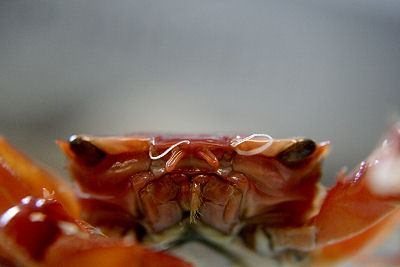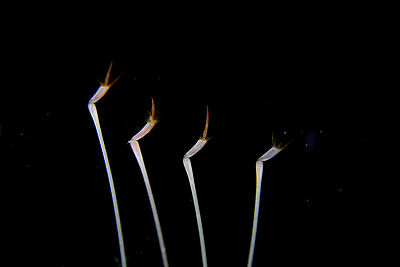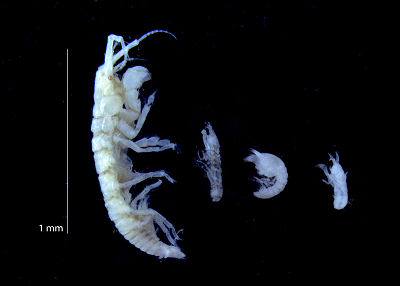|
Strona archiwalna!
Ta strona zawiera treści archiwalne, które nie były zmieniane po 23 września 2019 r. Jeśli chcesz wiedzieć więcej zapoznaj się z deklaracją dostępności
|
||||||
archiwum
 2006 2006
 2008 2008
 2010 2010
 2012 2012
 2014 2014 |
||||||

| ||||||
 |
 |
|||||

|
||||||
| strona główna założenia regulamin kalendarium wskazówki pobierz jury rejestracja zgłoszone projekty galeria gallery | archiwum kontakt | |||||
Description popularizing the research project The Big Five of Africa are the African lion, Cape buffalo, African elephant, Black rhinoceros, and African leopard. These are the animals which, due to their size, weight, speed and strength, stand out from the rest of mammals inhabiting the continent. They used to be the highlight of all the safaris and they were the most valuable trophies in the times when hunting the wildest and the most dangerous game of great plains and tropical forests between Ras Nouadhibou (Cap Blanc) and Cape Agulhas was considered to be decorous. It is the same today, the Big Five are still coveted by scores of daredevils on their African quests, although the rifles were replaced with photo cameras and thousands of trophies fit in a memory card the size of a fingernail. Safari guides are well aware of the fact and do not even try to create the 'Not-So-Big Five of Africa'. Abstract Three PhD students (Anna, Aleksandra, Piotr) under supervision of Magdalena Błażewicz-Paszkowycz, a professor at Laboratory of Polar Biology and Oceanobiology, University of Lodz, participated in marine expedition to the Gulf of Guinea (West Africa) in 2012. The expedition on 'Dr Fridtjof Nansen' research vessel was organized by the Institute of Marine Research (Bergen, Norway). During the expedition we collected samples from the bottom of the ocean using special sampling gear - Van Veen grab. This type of equipment works like an excavator and collects bottom sediments and organisms dwelling there. On board the samples were washed on sieves and preserved in formalin or ethanol. The aim of the expedition was to asses diversity of benthic communities in the Gulf of Guinea including poorly known ecosystem of deep-sea (400 m depth) coral reef of Lophelia pertusa. Among diverse inhabitants of the coral reef we found four species of crustaceans which were apparently new to science. All of them belong to crustacean order Tanaidacea. We also collected numerous representatives of other taxa e.g. crustaceans (Amphipoda and Decapoda) and worms (Polychaeta). Samples from the coral reef were preserved for further genetic studies. A DNA analysis (barcoding) supplements traditional taxonomy which is based on the morphological characters. That interdisciplinary analysis is very helpful for identification of small (a few millimeters long) crustaceans like tanaidaceans. It allows to identify species that are morphologically almost identical. Results of our studies will be submitted for publication in the international scientific journal.
|
|
|||||















